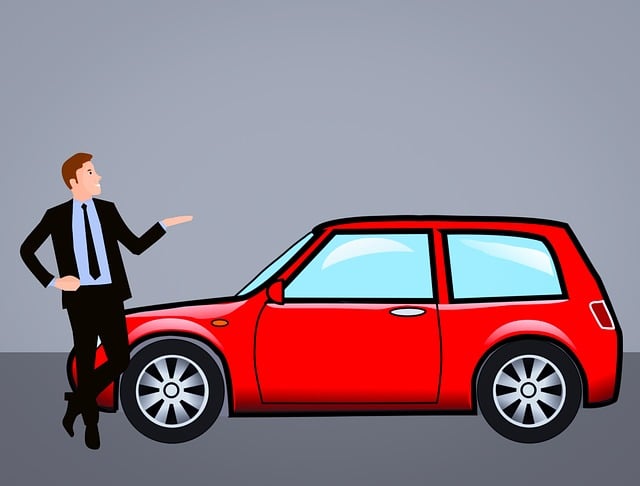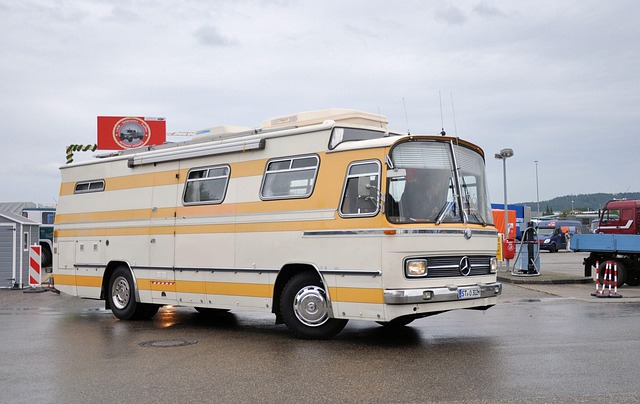Learn how to register your car in California with our comprehensive guide. This step-by-step process walks you through understanding California’s registration requirements, gathering essential documents like proof of insurance and vehicle ownership, and interacting with the DMV and VIN verifier. By following these clear instructions, you’ll ensure a smooth car registration experience. From initial preparation to post-registration tasks, we cover it all.
- Understanding the California Car Registration Process
- Gathering Required Documents for Registration
- The Role of the DMV and VIN Verifier in Car Registration
- Steps to Register a Car in California: A Step-by-Step Guide
- Post-Registration Tasks: Ensuring Your Vehicle's Compliance
Understanding the California Car Registration Process

Understanding the California Car Registration Process
In California, registering a car involves several key steps that ensure vehicles on the road meet safety and environmental standards. The process begins with verifying the vehicle’s identity through its unique Vehicle Identification Number (VIN). This is typically done using a DMV VIN verifier or a mobile vin verifier service to confirm the vehicle’s make, model, year, and other critical details. Once verified, owners must ensure their cars pass emissions tests and safety inspections, which can often be arranged through designated inspection stations.
After these preliminary checks are complete, individuals can visit a California Department of Motor Vehicles (DMV) office or use their online services to register the vehicle. This involves submitting necessary documents, including proof of insurance, ownership transfer forms, and perhaps additional fees depending on the type and age of the vehicle. A mobile vin inspection or mobile vin verification service may also be employed to streamline this process, making it more convenient for busy individuals who prefer not to visit a DMV office.
Gathering Required Documents for Registration

Before you start the registration process, it’s crucial to gather all the necessary documents. In California, you’ll need a variety of paperwork to ensure a smooth transaction with the Department of Motor Vehicles (DMV). One critical step is to verify your Vehicle Identification Number (VIN) using a trusted method like a mobile VIN verification service or by conducting a vin inspection. This process helps establish ownership and ensures the vehicle’s history is clear.
Additionally, expect to provide items such as proof of identity (like a driver’s license or passport), proof of insurance, and payment for registration fees. Having these documents ready will save you time and potential headaches during your visit to the DMV or when conducting a mobile VIN inspection, ensuring a faster and more efficient registration process.
The Role of the DMV and VIN Verifier in Car Registration

In California, the Department of Motor Vehicles (DMV) is responsible for registering vehicles and issuing driver licenses. When it comes to ensuring the legitimacy and security of vehicle registration, the DMV partners with a specialized service known as a Vehicle Identification Number (VIN) Verifier. These verifiers play a crucial role in validating that a car’s VIN is accurate and matches the make, model, and year specified. This step is vital for preventing fraud and ensuring public safety on California’s roads.
A mobile VIN verifier is often employed during the registration process, offering a convenient and efficient solution. This service allows for on-site vehicle inspections using a portable device to scan and confirm the VIN data. As an alternative to traditional methods, mobile vin verification gains popularity due to its speed, ease, and accessibility, making it a practical option for both individuals and DMV facilities.
Steps to Register a Car in California: A Step-by-Step Guide

Registering a car in California involves several straightforward steps that can be completed quickly with proper preparation. First, gather all essential documents, including your vehicle’s registration from the previous state, proof of insurance, and a valid driver’s license. Then, visit a California Department of Motor Vehicles (DMV) office or use their online services to initiate the registration process.
Next, perform a DMV vin verifier check by entering your vehicle identification number (VIN). This step ensures that your car is not stolen or has any outstanding issues. Once your VIN inspection is cleared, you can proceed with payment for the registration fees. Consider using a mobile vin verifier for added convenience, as this allows you to complete the process from the comfort of your home or on-the-go. After successful verification and payment, you’ll receive your new California vehicle registration plates and official confirmation of your car’s registration status.
Post-Registration Tasks: Ensuring Your Vehicle's Compliance

After successfully registering your vehicle with the DMV, there are several crucial post-registration tasks to ensure your car complies with California’s regulations. One essential step is obtaining a Vehicle Identification Number (VIN) verifier from the DMV. This tool allows you to verify the VIN of your vehicle, which is critical for tracking and identifying your car in case of theft or other issues.
Additionally, consider using a mobile VIN verifier to simplify this process. These services enable convenient and quick checks, ensuring your vehicle’s history remains accessible and accurate. Regularly updating your registration and conducting proper vin inspection are vital to maintain legal compliance and peace of mind while driving on California roads.
Registering a car in California involves a straightforward process, with the DMV and VIN verifier playing key roles in ensuring vehicle legitimacy. By gathering essential documents, adhering to step-by-step guides, and completing post-registration tasks, you can ensure your vehicle’s compliance and hit the road legally. Remember, knowledge is power, so stay informed about local regulations to maintain a smooth driving experience.



